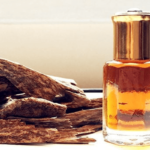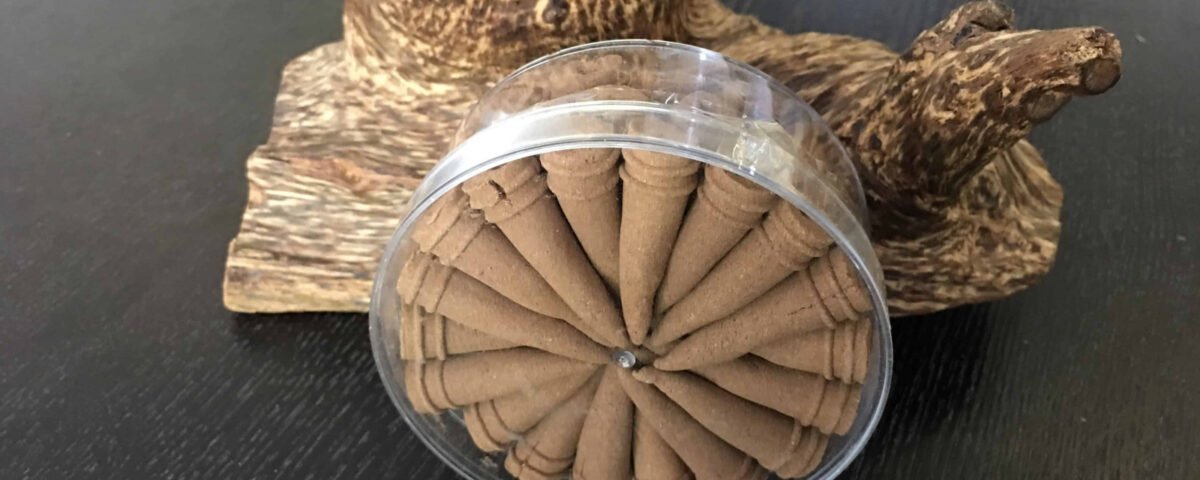
Indonesian Agarwood: The “Flavor” of the Archipelago – Different or Similar?
August 9, 2025
Jewelry Jump Ring Sizes: Choosing the Right Fit
August 11, 2025Hello friends, I’m Chuong Gems from Vietnam. Today, I’m excited to share with you my expertise on distinguishing real agarwood from fake ones. With the increasing demand for agarwood in the market, it’s crucial to know how to identify authentic pieces.
Introduction to Agarwood
Agarwood, also known as “Wood of the Gods,” is one of the most precious natural materials in the world. Its rarity and unique properties make it highly valuable, but this also means there are many imitations in the market. As someone who has worked with agarwood for years, I understand the importance of being able to distinguish genuine pieces.
Key Characteristics of Real Agarwood
1. Distinctive Aroma
The most distinctive feature of genuine agarwood is its strong, complex fragrance. When burned or heated, authentic agarwood releases a rich, sweet, and woody scent that cannot be easily replicated. This aroma should be deep, lasting, and have multiple layers of fragrance notes.
2. Physical Appearance
Real agarwood typically has these characteristics:
- A dark, resinous core that ranges from brown to black
- Natural variations in color and pattern
- Dense and solid structure
- Slightly oily surface when freshly cut
3. Weight and Texture
Genuine agarwood is notably heavier than ordinary wood due to its resin content. The texture should feel firm and slightly waxy to the touch.
Testing Methods for Agarwood Authentication
1. Water Test
One simple way to test agarwood is the water test:
- Real agarwood sinks in water due to its density
- The water should remain clear (no artificial dyes leaching)
- After drying, the wood should retain its original characteristics
2. Moisture Meter Testing
Using a moisture meter can help determine the resin content:
- High-quality agarwood shows specific moisture readings
- The readings should be consistent across the piece
3. Microscopic Analysis
Under microscopic examination, genuine agarwood reveals:
- Distinct resin-filled cell structures
- Natural formation patterns
- Absence of artificial additives
Common Agarwood Products and Usage
Authentic agarwood is used in various forms:
- Incense and religious ceremonies
- Essential oils and perfumes
- Traditional medicine
- Decorative items and jewelry
Conclusion: The Importance of Reliable Sources
As someone deeply involved in the agarwood trade, I cannot stress enough the importance of purchasing from reliable and certified suppliers. The investment in authentic agarwood is significant, but the value and benefits of genuine pieces far outweigh the risks of buying counterfeits.
Remember, developing the ability to identify real agarwood takes time and experience. I encourage you to learn from reputable sources and, when possible, seek guidance from experienced traders or collectors.
Thank you for reading! If you have any questions about agarwood identification, feel free to reach out to me through our contact channels.




